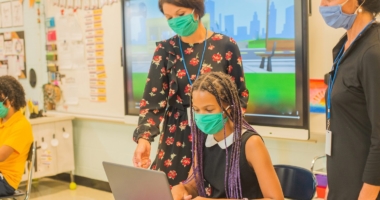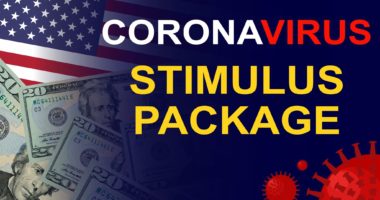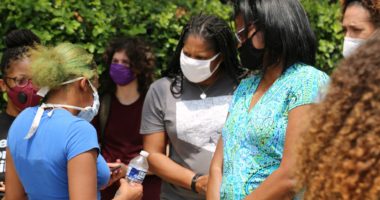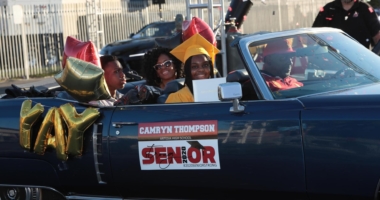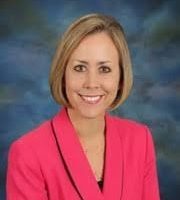We’ve Been Planning, Planning, Planning.
“If we’re face-to-face, we’ll be pretty good with that. If we’re remote, we’re 80% there,” says superintendent Corey Miklus in Seaford, Delaware, about the upcoming fall semester. “The real question is if we go to a hybrid format, because in that hybrid format there’s probably about 50 to 100 different scenarios you could work out.”
Should they have A days and B days? Should students attend one week on, one week off? Should they have secondary students continue remotely and spread elementary students throughout the buildings? “We’ve been planning, planning, planning,” Miklus says. And all the time a looming question is: How are working families going to manage whatever is worked out? It has gotten so that school leaders have so many possible plans that they are taking a break and waiting for state guidance before working out any more details.
In the meantime, they are holding “honest discussions” about the district’s curriculum and school culture in the wake of the national conversation surrounding the murder of George Floyd and racial injustice. District educators have focused closely on equity in the past four years, but they want to ensure that all students in the diverse district feel safe and included.
This was part of what Miklus was thinking when he told the graduating seniors that “admiring the problem” is no longer good enough but that they should “be part of the solution.”
In this episode of ExtraOrdinary Districts in Extraordinary Times, first-year superintendent Miklus talks us through what he is thinking about as COVID-19 has spiked in his area and how he is thinking about the fall.
To hear more about Miklus and Seaford Public Schools, listen to Episode 4 of Season 2 of ExtraOrdinary Districts.
Podcast: Play in new window | Download
Subscribe: Apple Podcasts | RSS



